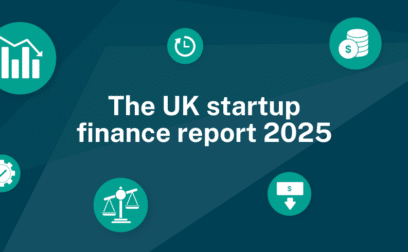Working capital is the amount of money available to your business, and can be defined as your total current assets minus your total current liabilities. There is a variety of working capital finance options available to businesses to improve their operating capital.
Current assets include cash and any assets that can be converted into cash within the next 12 months (for example invoices not yet received or stock not yet sold), while liabilities are generally considered to be any expenses due to be paid within the next 12 months, such as accounts payable, tax or business loans.
Fixed assets that are expected to last more than a year such as buildings or equipment are not considered current assets, and so are not included when calculating your working
capital.
One of the key aspects of a successful company is its working capital ratio, which is measured by dividing your current assets by your current liabilities. A working capital ratio of less than 1:1 (i.e. your liabilities exceed your assets) can result in your company having difficulty meeting its financial responsibilities even if it is profitable, while a high ratio can point to an excess of stock or a lack of investment. As a general rule, a working capital ratio of 2:1 is considered to have healthy liquidity, insulating your business from cash flow problems.
If your business does not show a healthy working capital, there are many business finance schemes offered which can help improve its liquidity. For example, a merchant cash advance allows you to lend a cash sum against future card transactions, while you can organise a trade finance loan to order inventory or stock from a supplier, limiting the possibility of delays to shipping orders.
Even profitable companies occasionally go through slow periods, and disruptions to your
cash flow due to missed payments can have serious consequences if you don’t have some working capital to cover the shortfall. Working capital is essential to the daily operation of your business, as it allows you to meet your financial responsibilities with your current assets and continue to grow your business without taking on debt.
To boost available capital, any SME would benefit from working capital finance. Look at is a loan to bridge the gap or finance the difference between customer orders and supplier payments. By utilising a loan for working capital, you release cash for business expansion without using invoice financing to raise capital.
If your business does not show a healthy working capital, there are many business finance schemes offered which can help improve its liquidity. For example, a merchant cash advance allows you to lend a cash sum against future card transactions, while you can organise a trade finance loan to order inventory or stock from a supplier, limiting the possibility of delays to shipping orders.
• More liquidity means more flexibility – you can realise your business goals without having to give up equity
• Invest in new products – meet the opportunity cost of realising goals and avoiding threats
• A financial cushion for your company – stretch your money further
! Late payment to suppliers could impact severely on your business outlook
! Threat of bankruptcy or liquidation of payment is not returned
A healthy working capital ratio is 2:1. A higher ratio than this is not necessarily a good thing – it may indicate that you might have too much stock or that you could be investing more. If your business has a ratio below 1 (i.e. negative working capital) you might struggle to meet your working capital needs (e.g. paying suppliers and creditors) out of cash flow, even if you are profitable. You’d need to borrow to bridge the working capital gap, using one or more of these types of working capital finance:
- business overdraft
- short-term or medium-term business loan (i.e. working capital loan)
- revolving credit line
- invoice finance (i.e. invoice factoring,invoice discounting and CHOCs)
- trade finance (if you’re dealing with international buyers and suppliers)
- business cash advance (e.g. merchant cash advance)
- business credit card
- asset refinance
- purchase order finance
- supplier finance
- R&D tax credit loan

































 yet? Register here!
yet? Register here!